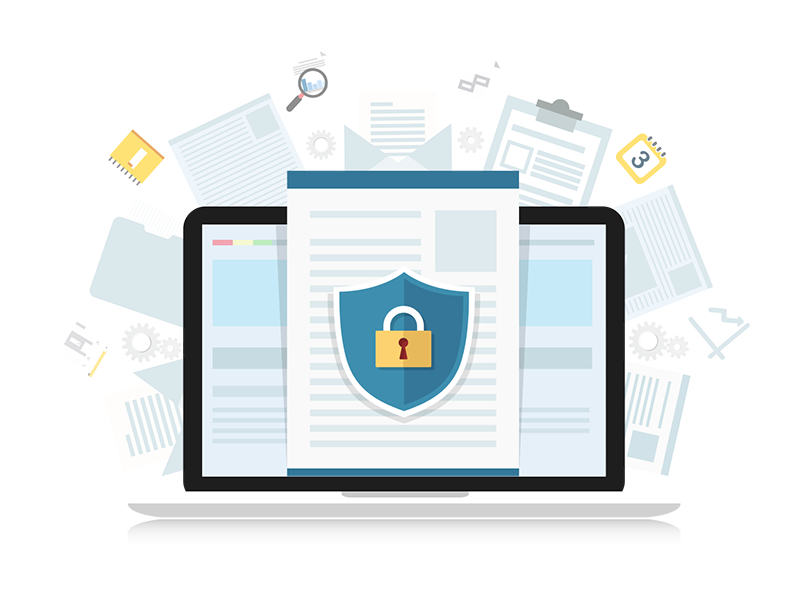Cumulus Global Recognized on the Channel Futures 2022 MSP 501
The Annual MSP 501 Ranks Cumulus Global as a Best-in-Class Businesses with Innovation-Driven Growth
 June 16, 2022 – Westborough, MA – Cumulus Global has been recognized as one of the world’s premier managed service providers on the prestigious 2022 Channel Futures MSP 501. Selected by the editors of Channel Futures, Cumulus Global ranks at #139 on the list. This ranking recognizes Cumulus Global for its performance across a broad range of criteria, including sales; recurring revenue and revenue mix; growth opportunities; innovation and solutions; profitability; and customer and company demographics.
June 16, 2022 – Westborough, MA – Cumulus Global has been recognized as one of the world’s premier managed service providers on the prestigious 2022 Channel Futures MSP 501. Selected by the editors of Channel Futures, Cumulus Global ranks at #139 on the list. This ranking recognizes Cumulus Global for its performance across a broad range of criteria, including sales; recurring revenue and revenue mix; growth opportunities; innovation and solutions; profitability; and customer and company demographics.
“The recognition and inclusion on the 2022 MSP 501 is exciting and an honor,” stated Cumulus Global CEO Allen Falcon. “Our success directly results from the expertise and effort of our team, our cloud computing partnership with clients, and our vendor relations. Together, our cloud forward solutions help clients exceed their business goals and objectives.”
MSPs that qualify for the list pass a rigorous review by the research team and editors of Channel Futures. The team ranks applicants using a unique methodology. Financial performance according to long-term health and viability, commitment to recurring revenue, and operational efficiency are key analysis factors.
“It is not enough to delivery great services,” noted Falcon. “Continually improving our efficiencies and those of our clients creates near- and long-term value.”
The MSP 501 has evolved from a competitive ranking into a vibrant group of innovators focused on high levels of customer satisfaction at small, medium, and large organizations in public and private sectors. As with many firms listed on the MSP 501, Cumulus Global’s services and technology offerings focus on growing customer needs in the areas of cloud, security, collaboration, and support of hybrid work forces.
The complete 2022 MSP 501 list will be available on the Channel Futures website on Monday, June 20th.
Organizations interested in learning more about Cumulus Global’s services can contact us or schedule an appointment with a Cloud Advisor.
Background
“The 2022 Channel Futures MSP 501 winners are the highest-performing and most innovative IT providers in the industry today,” said Allison Francis, senior news editor for Channel Futures. “The 501 has truly evolved with the MSP market, as showcased by this year’s crop of winners. This is the fifth consecutive year of application pool growth, making this year’s list one of the best on record.”
The 2022 MSP 501 list is based on confidential data collected and analyzed by the Channel Futures editorial and research teams. Data collection ran from Feb. 1-April 30, 2022. The MSP 501 list recognizes top managed service providers based on metrics including recurring revenue, profit margin and other factors.
About Cumulus Global
A nationally recognized managed cloud service provider, Cumulus Global helps small and midsize enterprises get more value from your existing IT and new cloud computing services. Translating your business goals and objectives into solutions and services, we co-manage your IT services, support your team, and keep your IT systems in sync with your changing business needs and priorities.
About Channel Futures
Channel Futures is a media and events platform serving companies in the information and communication technologies (ICT) channel industry with insights, industry analysis, peer engagement, business information and in-person events. We provide information, perspective, and connection for the entire channel ecosystem. This community includes technology and communications consultants, integrators, sellers, MSPs, agents, vendors and providers.
Channel Futures is part of Informa Tech, a market-leading B2B information provider with depth and specialization in ICT sector. Each year, we welcome 14,000+ research subscribers, over 4 million unique monthly visitors to our digital communities, 18,200 students to our training programs, and 225,000 delegates to our events.
Media Contacts
Allen Falcon
CEO, Cumulus Global
afalcon@cumulusglobal.com
Allison Francis
Senior News Editor, Channel Futures and MSP 501
allison.francis@informa.com


 Streamlining IT Security for SMBs
Streamlining IT Security for SMBs Service Update Announcement
Service Update Announcement Business Email Compromise
Business Email Compromise
